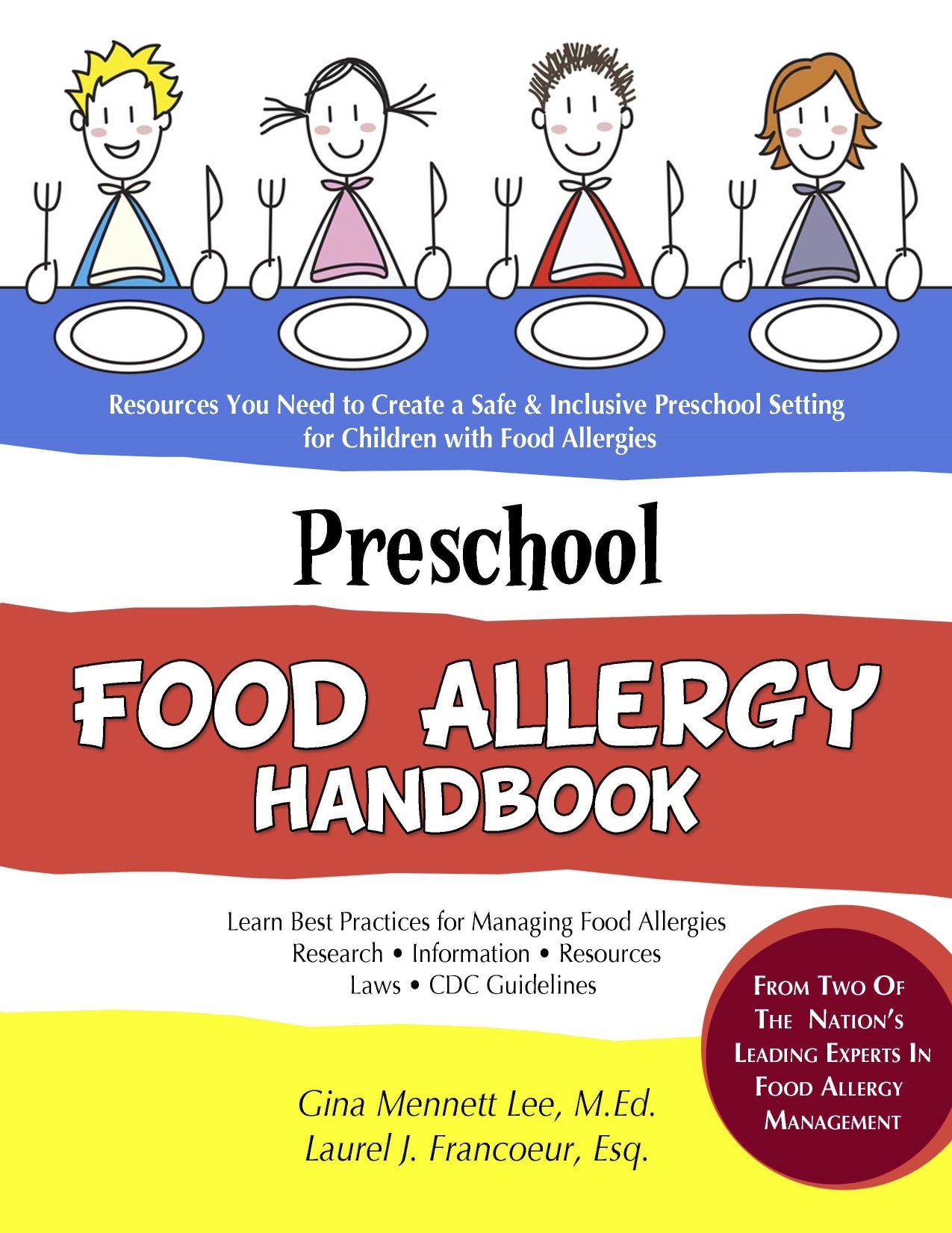By Gina Mennett Lee, M.Ed.
Many schools and childcare centers are wrestling with this very question. But the answer could be closer than one might expect. Rules and expectations are a regular part of the school setting. We just need to apply them to this specific concern.
Here is an example.
Many schools have programs that allow children to use technology in the classroom. Recently, I was asked to review and sign a contract of rules the children needed to follow in order to use an ipad. As I looked at the clearly defined, bulleted list of what was expected of the children in order to have the privilege of using a piece of equipment, it occurred to me how closely some of these resembled accommodations needed for children with food allergies.
Below is the content of the contract:
iPad Rules:
- Clean Hands-wash and dry hands before you use an iPad
- No Liquids-don’t have drinks around the iPad including water
- Be Gentle- treat the iPad with respect. Carry it carefully and set it down securely
- Follow Instructions-use only the apps that you have been given permission to use.
- Ask Questions-if you have a problem with the iPad, speak up and let you teacher know
- Sleep it-when the teacher is talking to the class, or you are not using the iPad, put it on the sleep setting
This was a formal written contract that needed to be signed and returned by every family in this classroom. This was all to keep an $800 electronic device safe from harm.
So my question is, if we can do all of this for a piece of $800 equipment, how much more should we be willing to do to protect a child?
Many school districts and childcare centers still do not have written rules, policies or regulations in place to protect children with food allergies.
The CDC has provided guidance in this area by publishing their Voluntary Guidelines for Managing Food Allergies in Schools and Early Care and Education Programs.
AllergyHome provides this table with suggested accommodations, Food Allergen Exposure in the School Setting as well as a wealth of free resources.
FARE provides these tips for the classroom setting.
Kids With Food Allergies Foundation provides school resources here.
FAACT provides this Education Resource Center.
The common thread is that there must be rules put in place in order to protect children with food allergies. These rules should be clearly written and easy for people to access. Communication and implementation are key components of a successful plan.
Some common recommendations are to:
- identify children at risk for an allergic reaction
- create a plan specific to the needs of each identified child
- train all adults responsible for children in the identification of an allergic reaction and how to use epinephrine
- wash hands before and after eating
- wash tables and chairs in the lunchroom before each lunch wave
- check for allergens in food, crafts, cleaning supplies, soaps, lotions, and other classroom materials
- have food-free classrooms or restrict food in the classroom
- enforce a no food sharing rule
- provide non-food items for rewards, birthdays, celebrations
- provide allergen-free zones or seating
- have rapid access to epinephrine
- provide safe transportation
- assess risks ahead of time when planning field trips or special guests in the classroom
What do you think? For information on how your school or childcare center can implement the CDC guidelines, please contact Mennett Lee, LLC. at gmleeconsulting@gmail.com.
* Disclosure: I am a contributor to the AllergyHome website.


